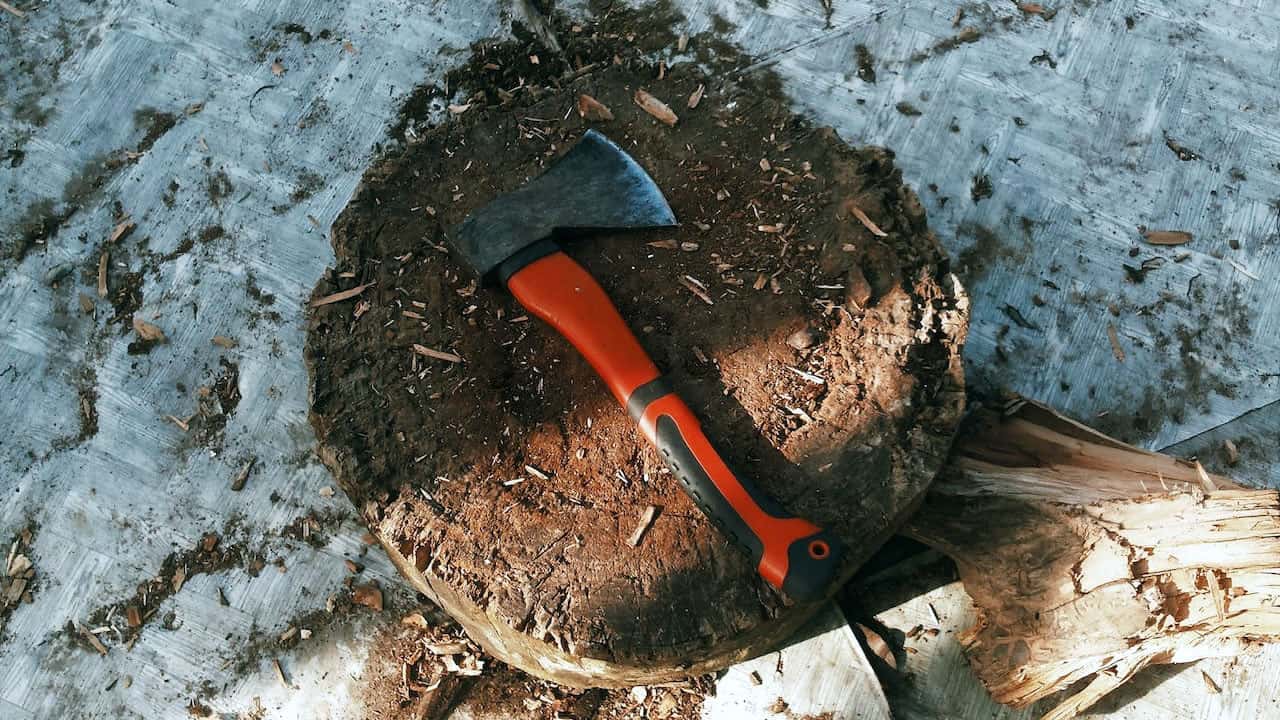
The choice of wood for an axe handle is as crucial as selecting the axe head itself. The type of wood and the handle style can significantly impact the axe’s performance, durability, and comfort. This comprehensive guide will explore various types of wood used for axe handles and the different handle styles, helping you make an informed decision for your axe.
The axe handle absorbs the shock generated during chopping and splitting. A good handle should be strong, durable, and able to withstand repeated impacts without breaking. It should also be comfortable to hold and offer a good grip.
Hickory is the most popular wood for axe handles and for a good reason. It’s known for its strength, toughness, flexibility, and shock resistance. Hickory handles can withstand heavy use and are the standard against which other woods are often measured.
Ash is another traditional choice for axe handles. It’s slightly lighter than hickory and offers good shock absorption. Ash is known for its flexibility and grain structure, making it a solid choice for regular use.
Maple, particularly hard maple, is a dense and sturdy wood that makes for a heavy-duty axe handle. It’s less common than hickory or ash but is valued for its strength and durability.
Oak is a strong and heavy wood, often used for larger axes. While it offers good durability, it doesn’t absorb shock as well as hickory or ash, making it less comfortable for prolonged use.
Birch is a harder wood that’s sometimes used for axe handles. It’s more common in European axes and is known for its smooth finish and good strength.
Beech is another European favorite. It’s not as tough as hickory but offers a good balance of strength and flexibility. Beech handles are often found on budget-friendly axes.
When selecting wood for an axe handle, consider:
Straight handles are common in modern axes. They offer a simple and effective design, suitable for a variety of tasks. Straight handles are often easier to replace and fit.
Curved handles are traditional and ergonomic. The curve allows for a more natural swing, reducing fatigue. They are often preferred for chopping tasks but can be harder to replace.
Long handles provide more power and are typically used on felling axes. They allow for a longer swing, generating more force but require more control.
Short handles offer better control and are often used on hatchets and smaller axes. They are ideal for carving, trimming, and precise tasks.
Axe handles can be treated or finished for additional protection and comfort:
Making your own axe handle can be a rewarding project. Here’s a brief overview:
The right axe handle is crucial for effective and comfortable axe use. Whether you prefer the traditional hickory, the lightweight ash, or the sturdy maple, understanding the properties of different woods and handle styles can greatly influence your experience with the tool. When maintained properly, a quality wood handle not only enhances the performance of your axe but also connects you to the age-old tradition of woodworking and craftsmanship. Remember, the best axe handle is the one that feels right in your hands and meets the demands of your specific tasks.
Axes are tools that have been a vital part of human civilization for thousands of years. Whether used for chopping…
Axes have long held a place in our collective imagination, symbolizing strength, survival, and sometimes even terror. From ancient legends…
Bushcraft axes are a fundamental tool for survival and outdoor enthusiasts. These axes are not just tools for wood chopping…
Chopping wood is a fundamental skill, whether for a seasoned lumberjack, a homeowner managing their firewood supply, or an outdoor…
In the realm of wilderness survival skills, an axe is one of the most versatile tools you can have at…
For anyone involved in wood cutting, whether as a professional or a hobbyist, choosing the right axe is crucial. Axes…